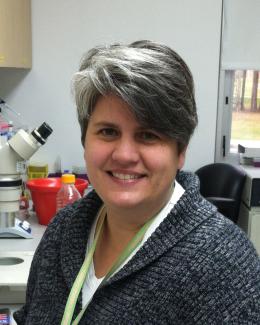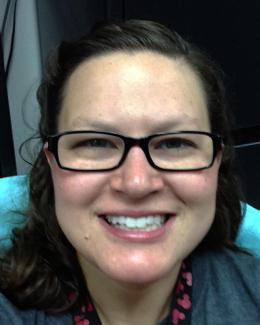Abstract
The structure, function and evolving composition of microbial communities is deeply influenced by the physical and chemical architecture of the local microenvironment. The complexity of this parameter space in naturally occurring systems has made a clear understanding of the key drivers of community development elusive. Here, we examine the role of spatial confinement on community development using a microwell platform that allows for assembly and monitoring of unique microbial communities en masse. This platform was designed to contain microwells with varied size features in order to mimic various levels of spatial confinement found in natural systems. Microbial populations assembled in wells with incrementally smaller size features showed increasingly larger variations in inoculum levels. By exploiting this size dependence, large wells were used to assemble homogenous initial populations of Pseudomonas aeruginosa, allowing for reproducible, directed growth trajectories. In contrast, smaller wells were used to assemble a heterogeneous range of initial populations, resulting in a variety of growth and decay trajectories. This allowed for parallel screening of single member communities across different levels of confinement to identify initial conditions in which P. aeruginosa colonies have dramatically higher probabilities of survival. These results demonstrate a unique approach for manipulating the distribution of initial microbial populations assembled into controlled microenvironments to rapidly identify population and environmental parameters conducive or inhibitive to growth. Additionally, multi-member community assembly was characterized to demonstrate the power of this platform for studying the role of member abundance on microbial competition, mutualism and community succession.





